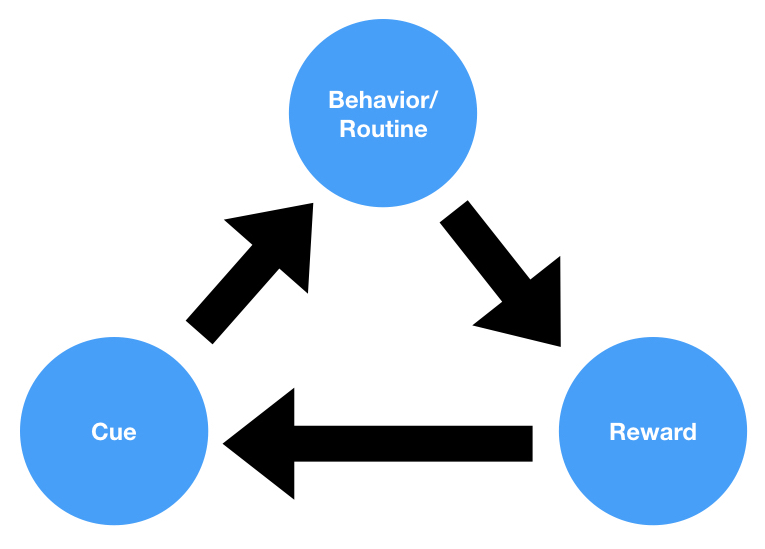What is Dual Inheritance Theory?
Dual inheritance theory, also known as gene-culture coevolution or biocultural evolution, is an interdisciplinary framework that seeks to explain human behavior and cultural evolution by considering the interplay between genetic and cultural factors. The theory posits that human behavior is shaped by a dynamic interaction between genetic inheritance, which affects our physiological and psychological traits, and cultural inheritance, which influences our behaviors, beliefs, and values through social learning and transmission. Dual inheritance theory emphasizes that culture and genes are not separate influences on human behavior but rather interact in complex ways to shape our development, adaptation, and evolution over time.
Examples of Dual Inheritance Theory
-
Language Evolution
Language evolution is an example of dual inheritance theory in action, as it is influenced by both genetic and cultural factors. Genetic predispositions may shape the development of language abilities in humans, while cultural factors such as social learning and transmission of linguistic knowledge contribute to the evolution and diversity of languages over time.
-
Dietary Practices
Dietary practices are another example of dual inheritance, as they are shaped by genetic factors, such as metabolism and taste preferences, as well as cultural factors, such as food preferences, taboos, and culinary traditions. The interaction between genetic and cultural factors can lead to the development of unique dietary practices within specific populations, contributing to cultural and biological diversity.
Shortcomings and Criticisms of Dual Inheritance Theory
-
Complexity and Interdependence
One criticism of dual inheritance theory is that it can be challenging to disentangle the complex interactions between genetic and cultural factors in shaping human behavior. The interdependence between genes and culture makes it difficult to isolate their respective contributions to specific behaviors, leading to potential issues in understanding and predicting human behavior.
-
Overemphasis on Cultural Transmission
Some critics argue that dual inheritance theory may place too much emphasis on the role of cultural transmission in shaping human behavior, potentially underestimating the importance of individual agency, learning, and adaptation. This can lead to a deterministic view of human behavior and cultural evolution, which may not fully capture the complexity and diversity of human experiences.
-
Limited Empirical Evidence
Another criticism of dual inheritance theory is the limited empirical evidence supporting some aspects of the theory. While there is substantial evidence for the influence of both genetic and cultural factors on human behavior, the specific mechanisms and processes underlying gene-culture coevolution remain an active area of research and debate.




